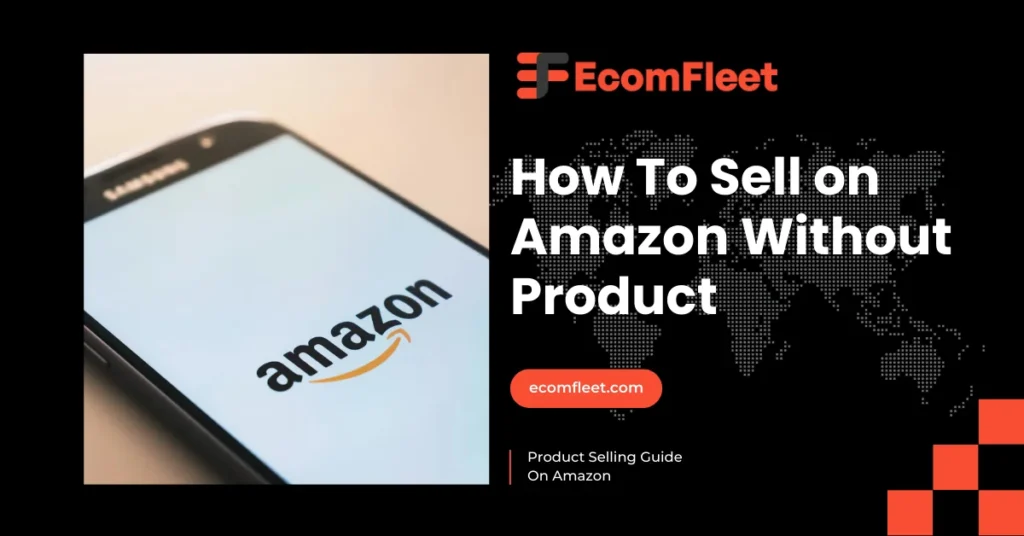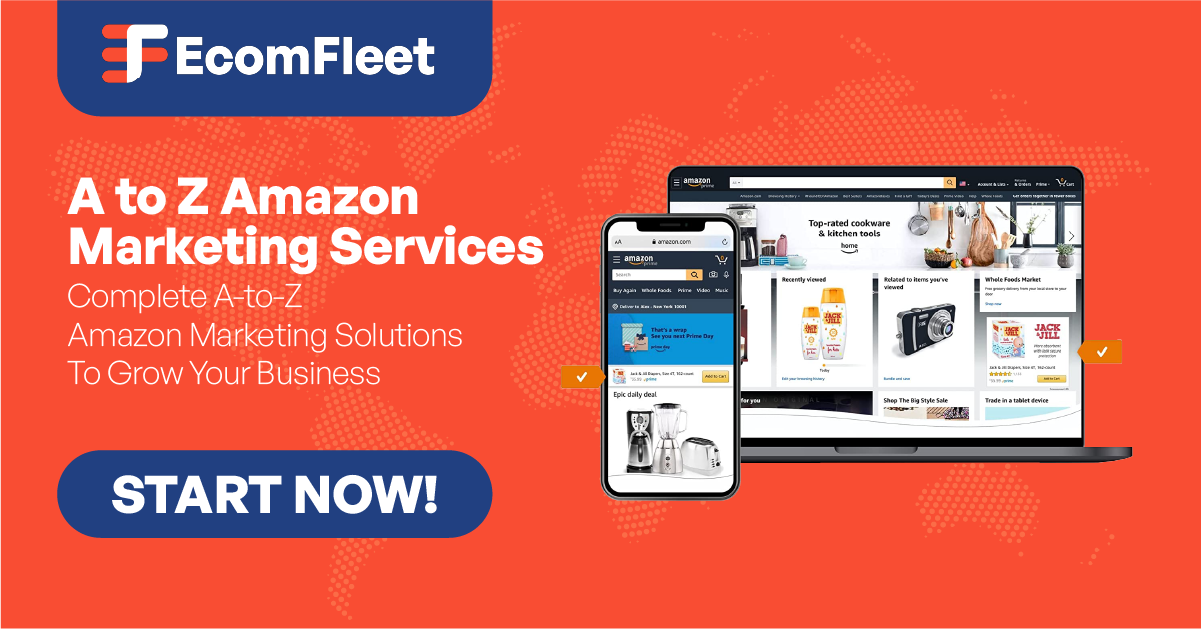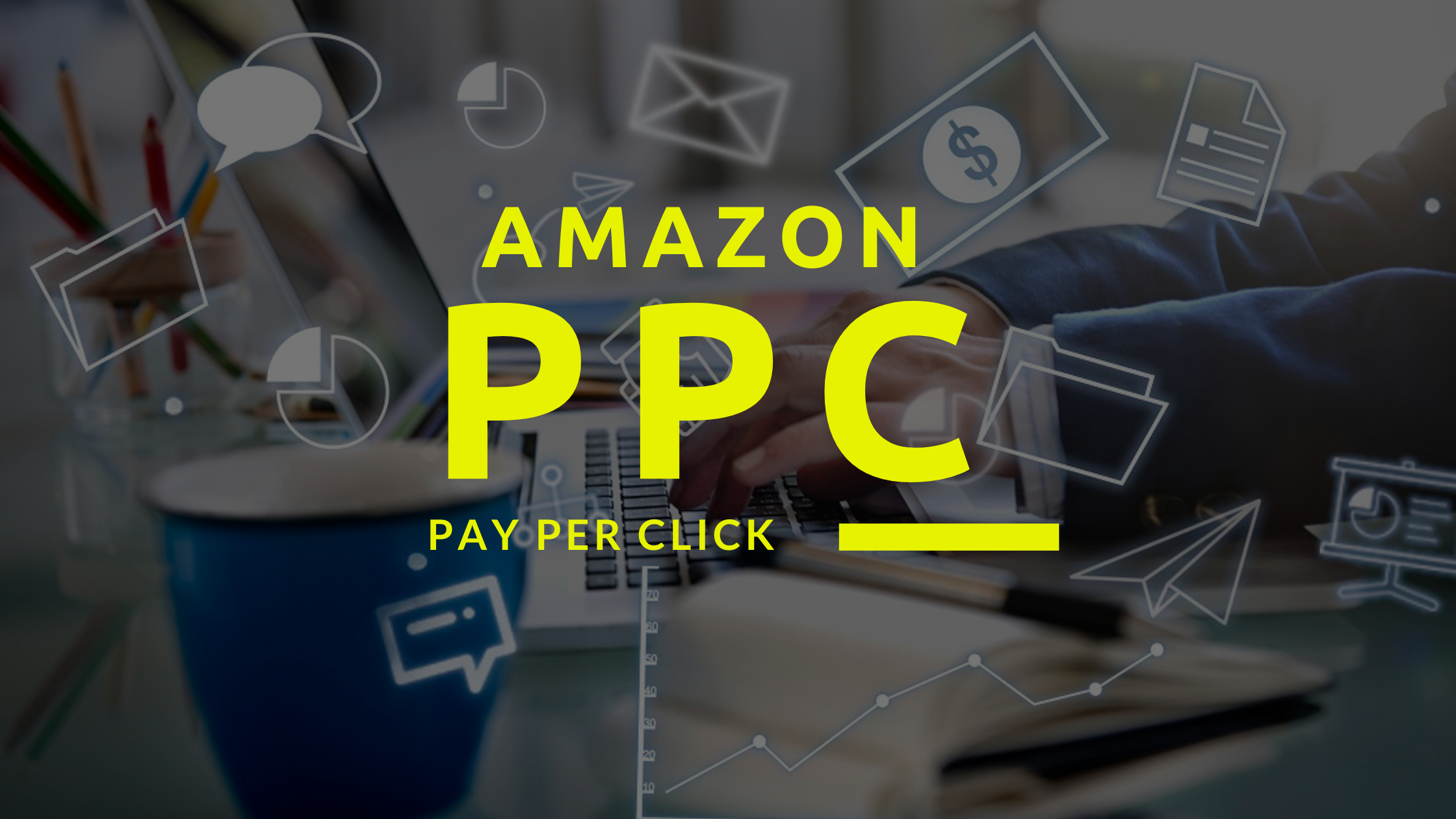Benefits of selling in the Amazon store without inventory
Selling in the Amazon store without holding inventory offers numerous advantages for entrepreneurs looking to enter the e-commerce market. Here are some key benefits:
- Reduced Financial Risk
One of the most significant advantages of selling without inventory is the lower upfront investment. Entrepreneurs can avoid the costs associated with purchasing products in bulk, which reduces financial risk, especially for those just starting out. This approach allows sellers to focus their resources on marketing and customer acquisition.
- Flexibility and Scalability
Selling without inventory, particularly through dropshipping or print-on-demand services, provides unparalleled flexibility. Sellers can easily test new products and niches without the burden of unsold stock. Amazon hit nearly 575 billion U.S. dollars in net sales revenue worldwide in 2023.
This model allows businesses to scale rapidly, adapting quickly to market trends and consumer preferences without the constraints of physical inventory management.
- Focus on Marketing and Growth
Without the need to manage inventory, sellers can concentrate on what truly matters: driving traffic and sales. This includes optimizing product listings, investing in advertising, and building a strong brand presence. By utilizing Amazon’s vast customer base and tools, sellers can effectively grow their businesses without the complexities of inventory management.
- Convenience and Timesaving
Managing inventory requires time and resources, from warehousing to fulfillment. By selling without holding stock, entrepreneurs can streamline operations and focus on core business activities, such as customer engagement and improving service quality.
Types of Selling Methods on Amazon Without Holding Inventory
Dropshipping
Dropshipping allows sellers to sell products directly from suppliers without purchasing inventory upfront. When a customer places an order, the seller forwards the order to the supplier, who then ships the product directly to the customer. This method reduces financial risk since sellers only pay for products after they make a sale.
Merch on Demand
With Merch on Demand, sellers can create custom-designed apparel and other products without upfront inventory costs. Amazon prints and ships items only after an order is placed, allowing sellers to earn royalties on each sale. This method is particularly beneficial for artists and designers who want to monetize their creations without the hassle of inventory management. Sellers can upload their designs to Amazon and focus on marketing their products.
Kindle Direct Publishing (KDP)
KDP enables authors and publishers to self-publish eBooks and paperbacks without holding inventory. Authors can upload their manuscripts to Amazon, set their prices, and earn royalties on each sale. This platform allows creators to reach a vast audience without the traditional barriers of publishing. It’s an excellent option for writers looking to monetize their content easily.
Amazon Associates Program
The Amazon Associates program allows individuals to earn commissions by promoting Amazon products through affiliate links. Sellers can create content (blogs, websites, social media posts) that includes links to Amazon products. When someone purchases through their link, the seller earns a percentage of the sale. This method requires no inventory and is perfect for content creators and influencers.
Potential of Amazon Programs Without Inventory Affiliate, FBA, or Merch?
Amazon offers several programs that allow sellers to capitalize on e-commerce opportunities without holding inventory. Among these, the Affiliate Program, Fulfillment by Amazon (FBA), and Merch on Demand stand out for their potential and accessibility.
- Affiliate Program
The Amazon Associates program enables individuals to earn commissions by promoting Amazon products through unique affiliate links. According to Statista, around 80% of Amazon’s revenue comes from third-party sellers, with affiliate marketing being a significant contributor. This program is ideal for bloggers, social media influencers, and content creators who can drive traffic to Amazon without needing to manage inventory or fulfill orders themselves.
- Fulfillment by Amazon (FBA)
FBA allows sellers to store their products in Amazon’s fulfillment centers. Amazon handles storage, packaging, and shipping, providing sellers with the benefit of Prime eligibility. Sellers can focus on marketing and driving sales while Amazon manages logistics. A report by Marketplace Pulse shows that FBA accounts for over 60% of all units sold on Amazon, demonstrating its effectiveness.
Merch on Demand
Merch on Demand offers creators the chance to design and sell custom merchandise without upfront costs. Amazon prints and ships products on demand, allowing sellers to earn royalties on their designs. According to a 2019 report by Printful, print-on-demand revenue is expected to grow to $10 billion by 2025, highlighting its vast potential.
How Amazon FBA Can Be Used Without Stocking Products
Retail Arbitrage
Retail arbitrage involves purchasing discounted products from retail stores, clearance sales, or online platforms and reselling them on Amazon at a higher price. This method allows sellers to capitalize on price discrepancies without holding inventory. Here’s how it works:
Sellers scout local retail stores or online platforms like eBay for items that are being sold below their market value. Tools like the Amazon Seller App can help sellers scan barcodes to determine potential profit margins after fees.
Once products are purchased, sellers create listings on Amazon. When a customer buys an item, they can ship it directly to Amazon’s fulfillment centers for storage and shipping, or they can fulfill orders themselves.
Third-Party Suppliers
Utilizing third-party suppliers, also known as dropshipping, allows sellers to sell products without physically stocking them. Here’s how this method operates:
Sellers connect with manufacturers or wholesalers who offer dropshipping services. These suppliers hold the inventory and are responsible for shipping products directly to the customer once an order is placed.
Sellers create product listings on Amazon without purchasing the items upfront. They only pay for the products after making a sale. This minimizes the risk associated with unsold inventory.
When a customer places an order, the seller forwards the order details to the supplier, who then ships the product directly to the customer. This streamlines the process and allows sellers to focus on marketing and customer service.
Approve & Setting Up Your Amazon Account
To successfully set up your Amazon seller account, it’s crucial to follow specific guidelines and policies. Here’s a comprehensive overview:
Understand the Approval Process
Before creating your account, familiarize yourself with Amazon’s requirements. Amazon has specific categories, some of which are gated, meaning they require approval before you can sell products within them. For example, if you intend to sell food items, you must ensure your products comply with Amazon’s food safety standards and quality requirements.
Privacy Policy Compliance
When creating your Amazon seller account, you must adhere to privacy regulations. Amazon requires that sellers maintain customer confidentiality and follow its data protection policies. This means you should not share customers’ personal information or use it for unauthorized purposes. Familiarizing yourself with Amazon’s Privacy Notice is essential.
Account Creation Steps
- Choose a Seller Plan: Decide between an Individual plan (which charges $0.99 per sale) or a Professional plan ($39.99 per month). The Professional plan is often better for sellers anticipating high sales volume.
- Gather Required Information: You will need to provide essential information, including:
- Bank account details for deposits
- Federal tax identification number
- Government-issued ID for verification
- Phone number and a chargeable credit card
Once you have gathered all the necessary documentation, you can proceed to the Amazon Seller Central to create your account.
Managing Customer Expectations and Communication
Managing customer expectations and communication is key to ensuring customer satisfaction and building trust. When selling on platforms like Amazon, it’s essential to set clear expectations regarding product quality, shipping times, and return policies. This transparency helps prevent misunderstandings and negative reviews.
Proactive communication is a crucial part of this process. Keep customers informed about their order status, including confirmations, shipping updates, and any potential delays. If an issue arises, addressing it promptly with a solution fosters goodwill. Maintaining a polite and professional tone in all interactions also enhances the overall customer experience.
Additionally, providing accurate and detailed product descriptions is important to align expectations with reality. For example, listing exact dimensions, materials, and potential use cases helps customers make informed purchasing decisions.
Timely responses to customer queries or complaints should be a priority, ensuring that all concerns are handled efficiently. This not only improves customer satisfaction but also boosts your reputation on the platform.
Utilizing Amazon Tools and Resources for Success
Amazon offers a variety of tools and resources that can help sellers achieve success on the platform. One key tool is Amazon Seller Central, which provides dashboards for tracking sales, managing inventory, and handling customer communication. It also includes FBA (Fulfillment by Amazon), a program where Amazon handles storage, shipping, and customer service, allowing sellers to focus on scaling their business.
Another important tool is Amazon Advertising, where sellers can run PPC campaigns to promote their products, driving visibility and sales. Tools like A+ Content and Amazon Storefront enable sellers to enhance their product listings and create custom storefronts to build brand identity.
Utilizing these resources effectively allows sellers to streamline operations, boost product visibility, and improve customer engagement, all of which contribute to long-term success on Amazon. For more information, explore Amazon Seller Central.
Do Amazon Marketing or Hire An Amazon Consultant
Amazon marketing involves various strategies, including Amazon Storefront Design, PPC (Pay-Per-Click) advertising, and creating compelling listings using A+ Content to drive visibility and boost sales. These tools can help sellers showcase their brand and improve product appeal, but they require time, effort, and expertise to manage effectively. Managing Amazon marketing in-house is possible, but it can become overwhelming, especially with the complexities of ad bidding, keyword research, and optimizing conversion rates.
Hire Ecomfleet to Skyrockets your Amazon sales
If you are unsure where to start or need expert help, consider reaching out to Ecomfleet. Our experienced consultants can help your coffee brand thrive in a competitive market. Let us handle the details so you can enjoy the rewards of your hard work.
Tracking Sales and Analyzing Performance
Tracking sales and analyzing performance on Amazon is essential for improving business strategies and increasing profitability. Tools like Amazon Seller Central provide key data on sales metrics, customer insights, and inventory performance. Regularly reviewing metrics such as sales volume, conversion rates, and customer feedback helps sellers identify high-performing products and spot areas for improvement.
Additionally, using Amazon’s Business Reports allows sellers to track key trends and monitor product sales over time. Analytics tools like Brand Analytics can give insights into customer search behavior and competitor performance. By constantly evaluating these metrics, sellers can adjust their pricing, marketing, and inventory strategies to maximize profitability and enhance customer satisfaction.
Managing Customer Reviews and Feedback
Managing customer reviews and feedback on Amazon is critical for maintaining a strong seller reputation and improving product performance. Positive reviews help boost visibility, while negative ones provide valuable insights into areas that need improvement. Sellers should actively monitor reviews using tools like Amazon Seller Central, which allows them to track ratings and respond to feedback in real-time.
When addressing negative reviews, respond promptly and professionally, offering solutions or clarifications. This shows potential buyers that you care about customer satisfaction. Encouraging satisfied customers to leave positive reviews can help balance negative feedback and improve your overall rating.
Regularly analyzing feedback helps identify recurring issues, enabling you to refine your product offerings and improve customer experience. Building strong relationships with your customers through proactive review management will enhance brand trust and ultimately drive more sales.
Conclusion
Selling on Amazon without holding inventory presents an excellent opportunity for entrepreneurs to enter the e-commerce market with reduced financial risks and operational complexities. By leveraging models like dropshipping, print-on-demand, and affiliate marketing, sellers can focus on growth strategies like marketing and customer engagement without the burden of managing physical stock. Amazon’s various tools and programs, such as Seller Central and FBA, make scaling a business easier, offering sellers flexibility and convenience.
Frequently Asked Questions
- Can I sell on Amazon without owning inventory?
Yes, you can sell on Amazon using methods like dropshipping, print-on-demand, or affiliate marketing, which don’t require you to hold physical inventory.
- What is dropshipping, and how does it work on Amazon?
Dropshipping is a method where you sell products without owning them. When a customer places an order, the supplier ships the item directly to the customer, and you pay only after making a sale.
- How does Amazon Merch on Demand benefit sellers?
Merch on Demand allows you to sell custom-designed products without upfront costs. Amazon handles production, shipping, and fulfillment, so you earn royalties on each sale without managing inventory.
- Can I scale my business using inventory-free selling models on Amazon?
Yes, methods like dropshipping and Merch on Demand provide scalability by allowing you to expand your product range without worrying about unsold stock or warehouse management.





















